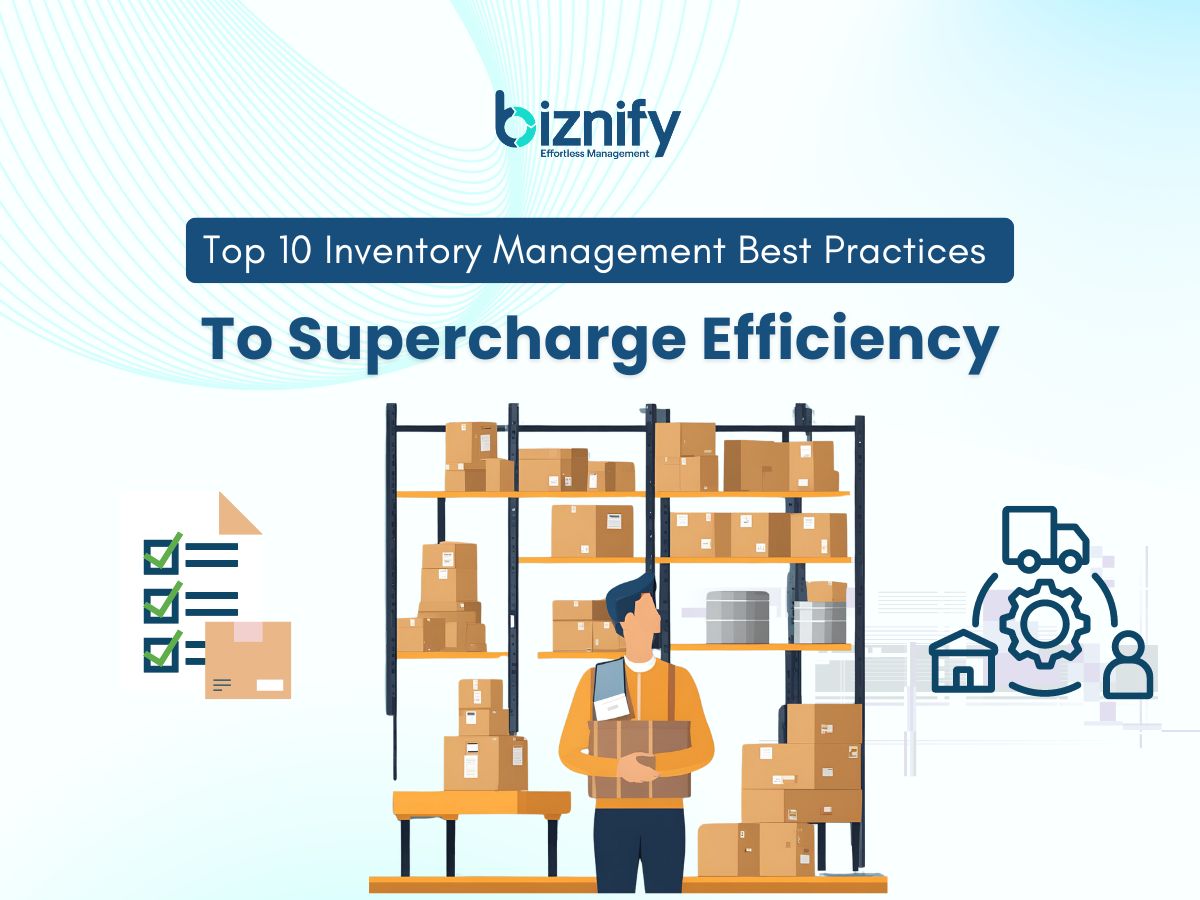
Managing inventory might sound like a behind-the-scenes task, but it’s actually a game-changer for businesses! Think about it: having just the right amount of stock at the right time can make or break your operations. In Bangladesh, where competition is fierce, proper inventory management means no more overstocking, which ties up cash, or stockouts, which leave customers frustrated.
With Biznify, you’re not just tracking products—you’re streamlining the whole process. Our software automates stock tracking, orders, and even forecasts demand, so you’re always ahead of the game. Whether you’re managing a single shop or multiple warehouses, Biznify makes it easy, efficient, and hassle-free.
Ever had to deal with overstuffed shelves or running out of stock at the worst time? That’s where inventory management best practices save the day! By following proven methods, businesses can keep costs down, avoid running out of key products, and keep customers happy. It’s all about balance—stocking just enough to meet demand without wasting money or space.
And with Biznify, achieving this balance is a breeze. Our software automates stock control and uses data to forecast future needs, helping you cut costs and improve accuracy. It’s like having a super-efficient assistant that helps you make smarter decisions and boost customer satisfaction, all while reducing headaches.
Managing inventory efficiently is crucial for small and medium-sized businesses (SMEs) in Bangladesh. Let’s explore ten inventory management best practices that can streamline your operations, save costs, and keep your customers happy.
Par levels ensure you always have enough stock on hand without overstocking. By establishing these minimum stock levels, you know when it’s time to reorder. For example, a clothing retailer in Dhaka could set par levels for popular items to avoid stockouts. Having automated alerts for par levels ensures you never miss a reorder opportunity.
FIFO helps ensure older stock is sold first, reducing waste, especially for perishable goods. For example, a grocery store could use FIFO to ensure fresh products rotate to the front, avoiding expired stock. This method can also apply to non-perishables to avoid outdated stock, helping businesses maintain product quality.
Conducting regular inventory audits helps identify discrepancies between what’s recorded and what’s actually in stock. For SMEs, this can be done through cycle counting—where a small portion of stock is counted regularly. Regular audits prevent errors, theft, or damages from going unnoticed, keeping your records accurate.
Not all inventory is equally valuable. With ABC analysis, you classify your stock into A, B, and C categories based on value. For example, high-value items like electronics fall under A, mid-range goods under B, and everyday items like stationery under C. This lets you prioritize stocking and monitoring your most important products.
Forecasting demand is vital for balancing stock levels. By analyzing past sales and market trends, businesses can predict when to restock and how much to order. For instance, a retail business can track seasonal spikes, like Eid shopping, to avoid running out during high-demand periods.
Using software to manage inventory can help automate tedious tasks like stock tracking and ordering. While manual processes can lead to errors, Biznify simplifies things by automating these processes and providing real-time updates on stock levels, saving you time and effort. This is especially helpful for businesses managing multiple locations or large volumes of stock.
Reducing the time between ordering stock and receiving it allows businesses to operate more efficiently. In Bangladesh, where lead times may vary due to local and international suppliers, it’s important to track supplier performance and adjust reorder points accordingly. Shorter lead times mean you’re less likely to experience stockouts.
A well-organized warehouse can boost efficiency. Keeping fast-moving products closer to packing stations and organizing slow-moving items further away can speed up order fulfillment. Clear labeling and a clean layout will prevent misplaced items and save time during busy periods.
Automation reduces manual work and errors, streamlining inventory processes. Tasks like replenishing stock, generating reports, or sending low-stock alerts can all be automated to keep operations running smoothly. This is particularly valuable for small teams handling a large inventory.
No matter how great your system is, it’s only as good as the people using it. Training staff on inventory procedures, such as conducting audits, using software, or handling stock, is essential. Well-trained staff can follow best practices and ensure your inventory management is seamless.
Implementing best practices for inventory management can be tough, especially for Bangladeshi businesses just starting to streamline their processes. One of the biggest challenges is moving away from manual systems. Many SMEs still rely on paper-based tracking or Excel sheets, which can easily lead to errors or missed orders.
Another challenge is dealing with unpredictable supplier lead times, especially when importing goods. Long or inconsistent lead times can cause stockouts, leaving customers disappointed. This is where Biznify's tracking features come in handy, helping you monitor supplier performance and adjust reorder points accordingly to avoid delays.
For smaller teams, staff training can be an issue. Even the best software won’t help if your team doesn’t know how to use it properly. That’s why it’s important to invest time in training, so everyone knows how to handle stock, track inventory, and use tools like Biznify efficiently.
Despite these challenges, adopting inventory management best practices can save time, reduce costs, and help your business grow in the long run. By overcoming these obstacles, Bangladeshi businesses can stay ahead of the competition and provide a smoother experience for their customers.
When it comes to managing inventory efficiently, Biznify stands out as the go-to solution for businesses in Bangladesh. Here’s why:
Real-Time Tracking: Biznify offers real-time inventory tracking, meaning you always know what’s in stock and what needs to be reordered. This is essential for avoiding stockouts or overstocking, especially when dealing with multiple products.
Automation: From automating stock replenishment to generating detailed inventory reports, Biznify saves time and reduces human errors. You can set low-stock alerts and automatic reorders, ensuring you never run out of important items.
Easy-to-Use Interface: Biznify is designed with an intuitive interface that’s easy for businesses to adopt. Whether you're tracking products, managing orders, or running reports, it’s all simple and efficient.
Warehouse Management Tools: Biznify doesn’t just help with tracking—it also offers tools to optimize your warehouse layout. By using data on product movement, you can organize your warehouse for faster picking and packing, improving your overall workflow.
Custom Reports: With Biznify, you can generate customized reports based on stock performance, sales trends, and more. This allows you to make informed decisions and improve your inventory management strategies.
Effective inventory management helps maintain optimal stock levels, reduce carrying costs, prevent stockouts, and ensure customer satisfaction. By using best practices, you can avoid overstocking or understocking and improve cash flow.
Biznify offers cloud-based inventory management solutions, enabling businesses to track stock in real-time, automate replenishment, and generate reports for better decision-making. Biznify also integrates predictive analytics to forecast demand accurately.
Important KPIs include inventory turnover ratio, carrying cost of inventory, shrinkage rate, and GMROI (Gross Margin Return on Investment). These metrics help assess the efficiency of your inventory practices and guide improvements.
ABC Analysis classifies inventory into three categories: A-items (high-value, low sales volume), B-items (moderate value and frequency), and C-items (low value, high sales volume). This technique helps prioritize inventory management efforts on the most impactful items.
Automation reduces manual errors, speeds up processes like stock ordering and tracking, and allows for real-time updates. Biznify's automated systems help ensure that stock levels are always optimized based on demand, minimizing the risk of stockouts or excess inventory.
Yes, Biznify supports multi-location warehouses by providing a centralized system to track inventory across different locations. It helps optimize stock placement, improve picking efficiency, and reduce the chances of mismanaged inventory.
Effective inventory management is the backbone of any successful business. By adopting best practices like setting par levels, using the FIFO method, and leveraging the power of technology through tools like Biznify, businesses in Bangladesh can streamline operations, reduce costs, and ensure customer satisfaction. Whether you’re optimizing your warehouse layout or tracking key KPIs like inventory turnover ratio and GMROI, staying on top of inventory is critical to maintaining a competitive edge.
Ready to take control of your inventory? Start using Biznify today and watch how it transforms the way you manage stock. Learn more and get started here!
Disclaimer: The information provided here is based on industry best practices and Biznify's inventory management features. Results may vary depending on the size, type, and operational needs of your business. Always tailor your inventory strategy to fit your unique business goals and challenges.
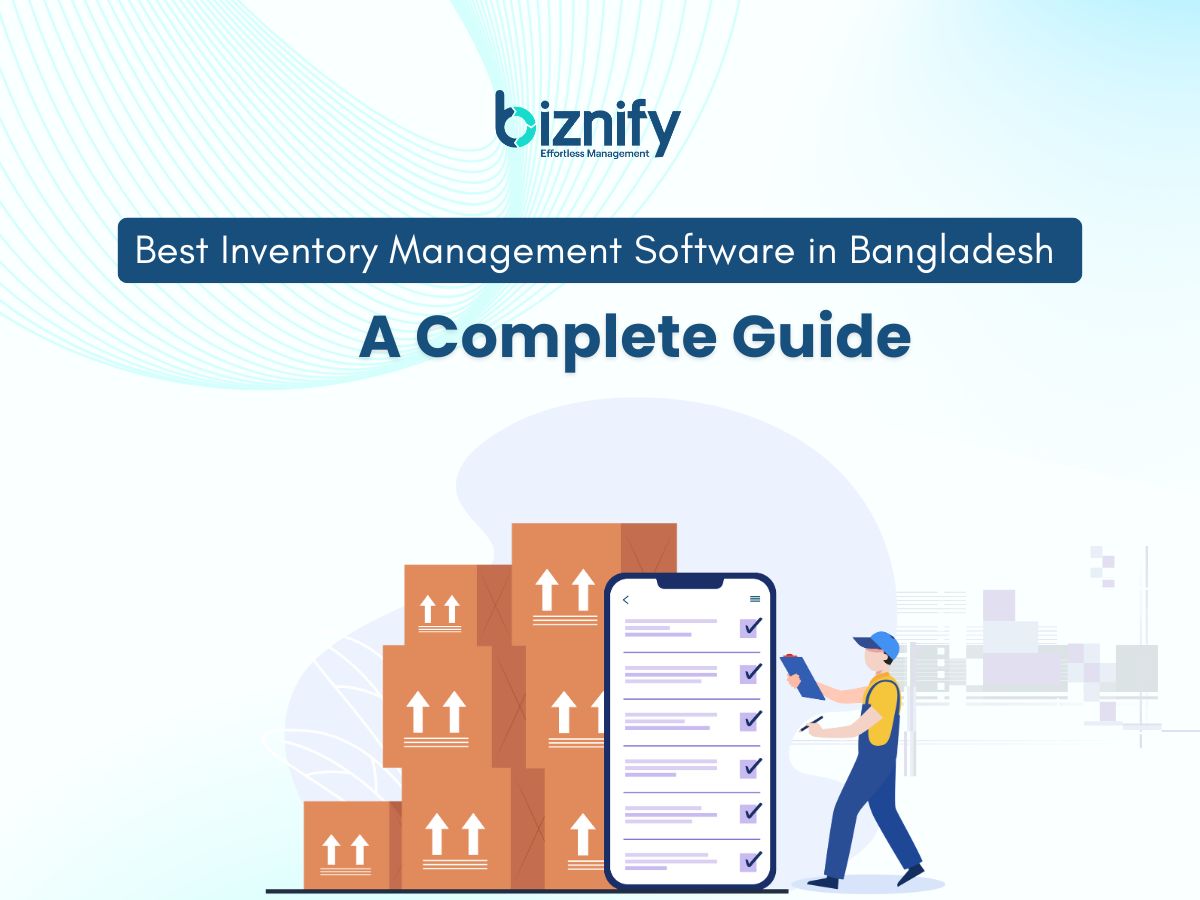
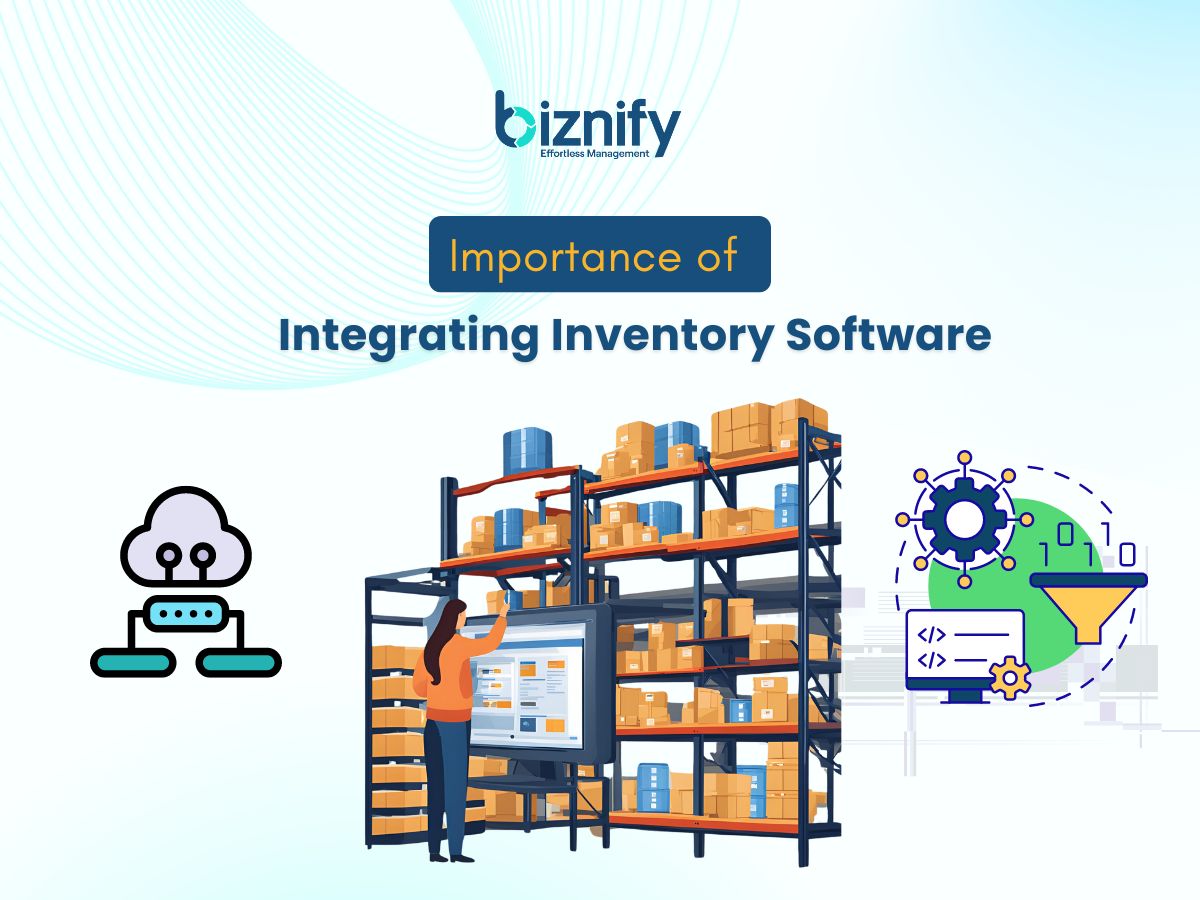

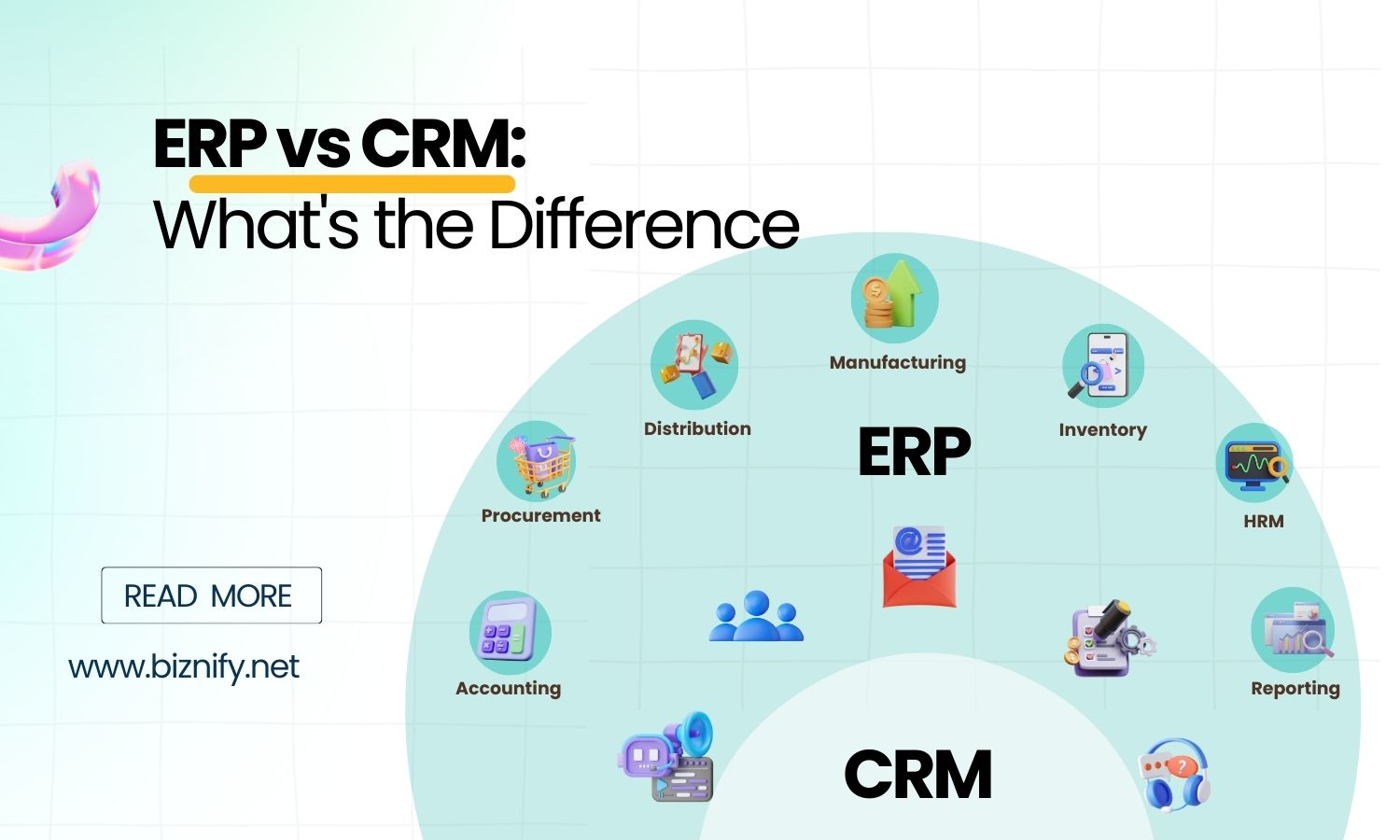
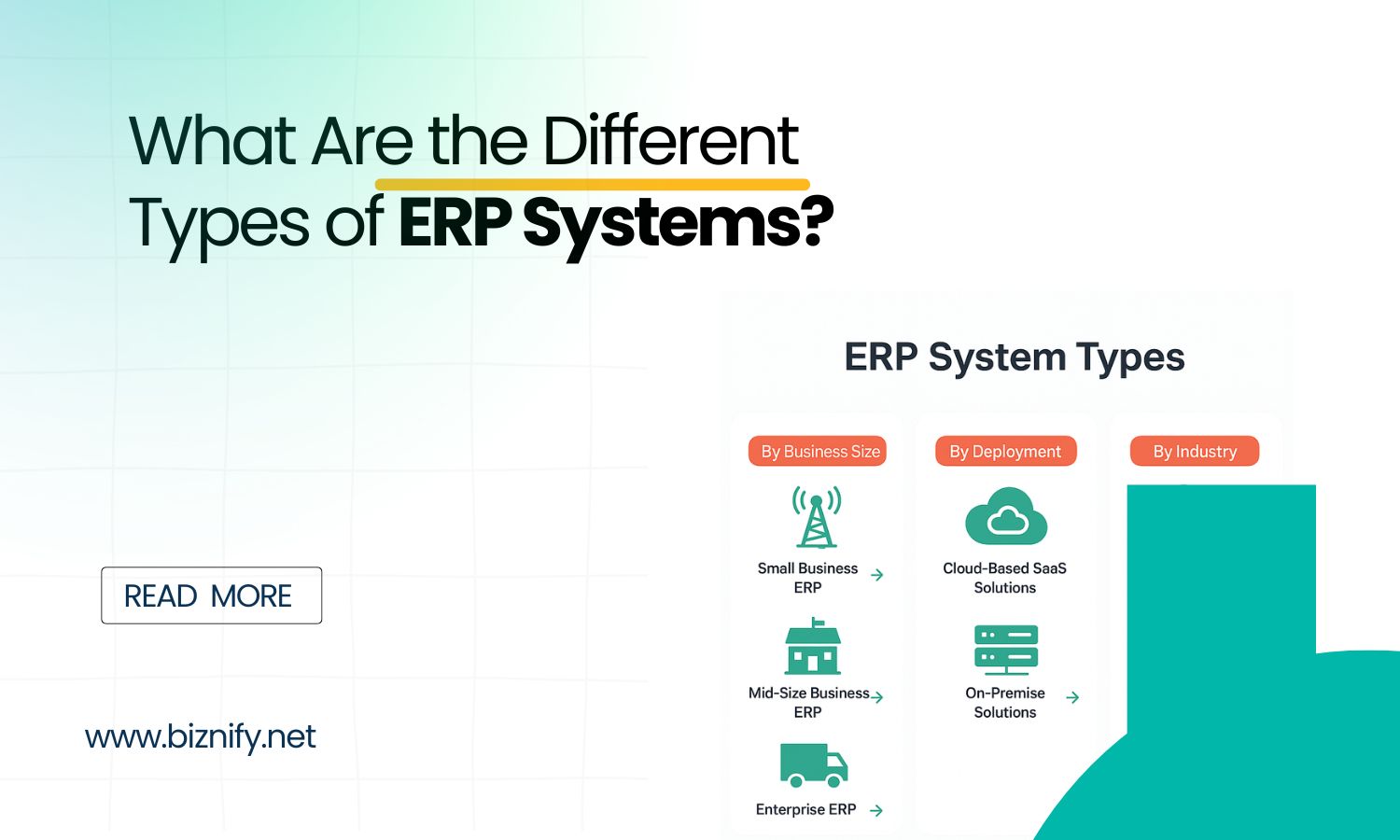


Just exploring ERP or unsure which modules you need? The Biznify team’s here with straight answers.